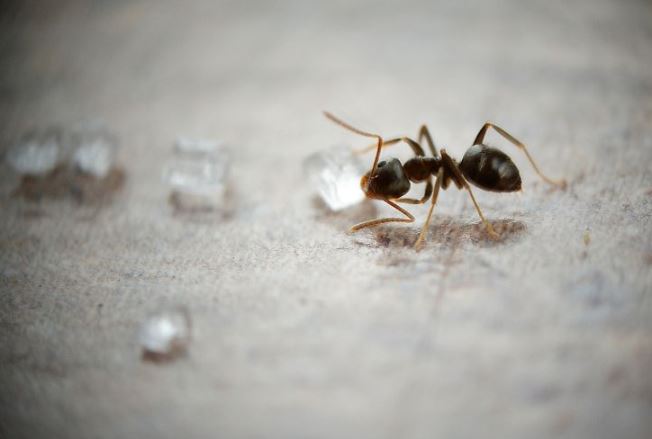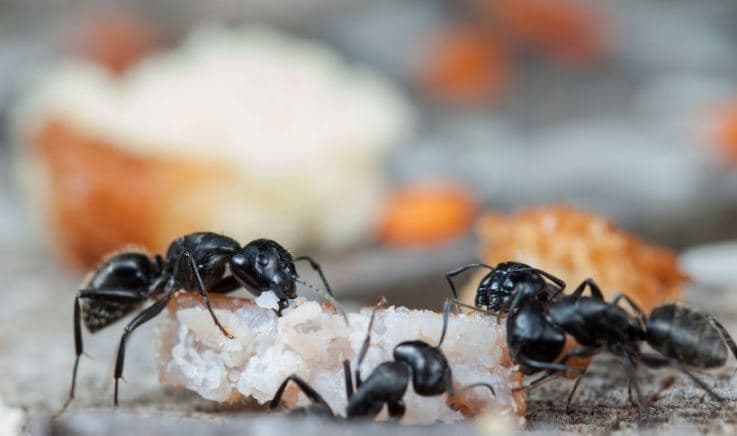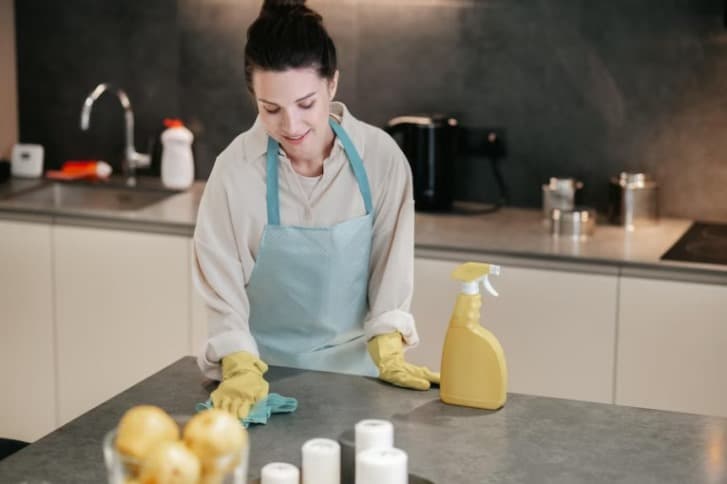If you’ve noticed pissants crawling around your kitchen, you’re not alone. These tiny pests can be a nuisance, and their presence can contaminate food items and cause sanitation issues.
If you are struggling with an infestation of pissants in your kitchen, this blog post will provide you with valuable insights on how to get rid of these pests and prevent them from returning.
What Are Pissants?
Pissants are tiny ants that are attracted to sweet and sugary substances. They are commonly known as sugar ants because of their affinity for sweet food items. Pissants are usually 1/8 inch in size and light brown in color.
Pissants are attracted to kitchens because they are a rich source of food. The presence of crumbs, spills, and other food debris in the kitchen provides a suitable environment for pissants to thrive. Additionally, the warm and moist environment of the kitchen is conducive to their growth.
Pissants can contaminate food items and cause sanitation issues in the kitchen. They can also cause damage to electrical wiring and other materials in your home.
Pissant infestations can be challenging to control, and it’s essential to take prompt action to get rid of them.
Signs of A Pissant Infestation
One of the most common signs of a pissant infestation is the presence of pissants crawling around your kitchen. These tiny ants are usually light brown in color and are attracted to sweet and sugary substances.
You may notice them on your countertops, in your pantry, or even in your food. While seeing a few ants may not necessarily indicate a full-blown infestation, it’s essential to take action to prevent the problem from getting worse.
Small piles of dirt or sand around your kitchen
Another sign of a pissant infestation is the presence of small piles of dirt or sand around your kitchen. Pissants build their nests in soil or other loose materials, and these piles are a result of their excavation activities.
You may notice these piles in corners, along baseboards, or near doorways. If you see these piles, it’s essential to locate and eliminate the nest to prevent the infestation from spreading.
Unusual odors or smells
Pissants emit a chemical odor that can be strong and unpleasant, especially if the infestation is severe. This odor can be an indicator of a significant infestation, and you may notice it even before you see any ants.
If you notice an unusual odor or smell in your kitchen, it’s essential to investigate the source and take action to eliminate the infestation.
Pissant trails leading to and from their nest
Finally, you may notice pissant trails leading to and from their nest. These trails are lines of ants moving back and forth between their nest and food sources.
Following the trail can help you locate the nest and determine the extent of the infestation. If you notice these trails, it’s essential to take action to eliminate the infestation and prevent it from returning.
How To Get Rid Of Pissants In The Kitchen
If you have identified a pissant infestation in your kitchen, you may be wondering how to get rid of them. Here are some steps you can take to eliminate the infestation:
Clean and sanitize your kitchen
The first step in getting rid of pissants is to clean and sanitize your kitchen thoroughly. This includes wiping down countertops, cleaning spills, and sweeping and mopping floors.
By removing any food sources and scents, you will make your kitchen less attractive to the pissants.
Seal entry points
To prevent future infestations, it’s essential to seal any entry points that the pissants may be using to enter your home. This can include gaps around windows and doors, as well as cracks in walls or floors.
Use caulk, weatherstripping, or other sealants to close off these entry points.
Use bait
Pissant baits can be an effective way to eliminate infestation. These baits contain a slow-acting poison that the ants will carry back to their nest, killing the entire colony.
Place the bait in areas where you have seen the most ants, and be patient as it may take several days to see results.
Use pissant spray
Pissant spray can also be effective in eliminating infestation. Look for a spray specifically designed for pissants and follow the instructions carefully.
Be sure to spray in areas where you have seen the most ants, including along baseboards, under appliances, and in corners.
Call a pest control professional
If the infestation is severe or you are unable to get rid of the pissants on your own, it may be necessary to call a pest control professional. They have the expertise and tools to eliminate the infestation and prevent it from returning.
By following these steps, you can eliminate the pissant infestation in your kitchen and prevent future infestations.
FAQ:
Where Are the Pissants Coming From?
Pissants can enter your home through tiny cracks and gaps in windows, doors, and walls. They can also hitch a ride on food, plants, or other items that you bring into your home.
How To Locate the Pissant Nest?
To locate the pissant nest, follow the pissant trails back to their source. The nest can be located outside, inside your home, or even within the walls. If you can’t find the nest, try placing a sweet or sugary substance in a location where you’ve seen a lot of ants.
End Note
Pissant infestations in the kitchen can be a challenging problem to deal with. However, with the right knowledge and techniques, you can effectively eliminate these pests and prevent them from returning. By identifying the source of the problem, using bait traps and vinegar solutions, and maintaining good sanitation practices, you can keep your kitchen pissant-free.


